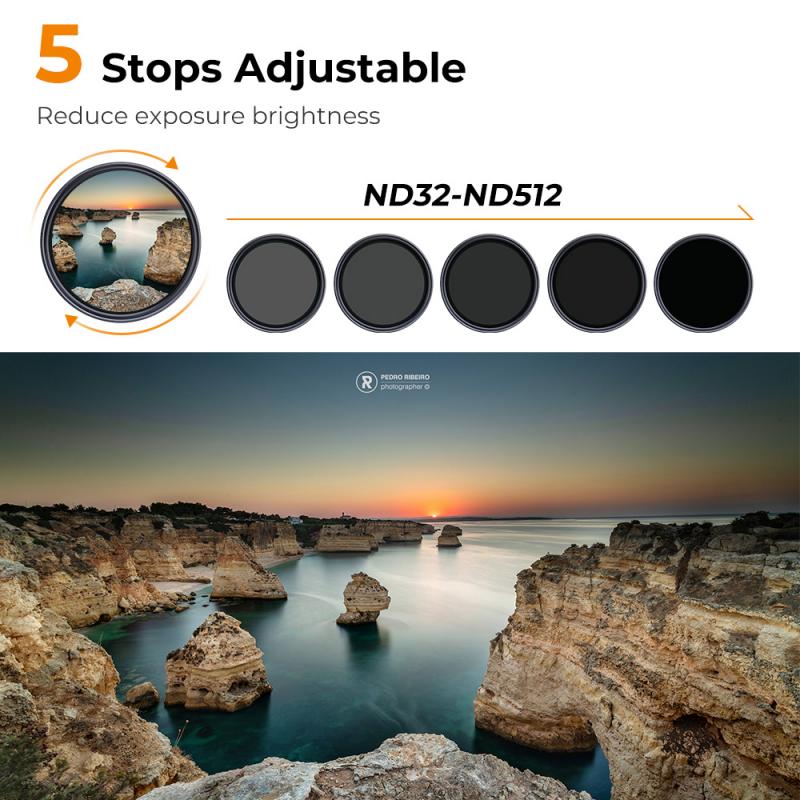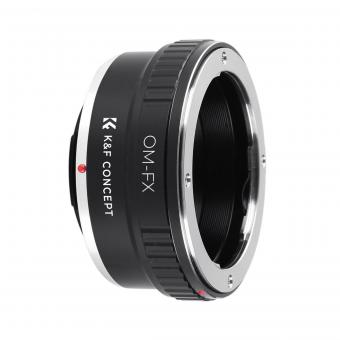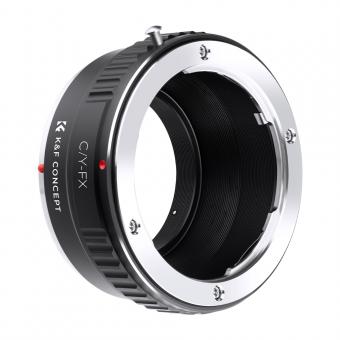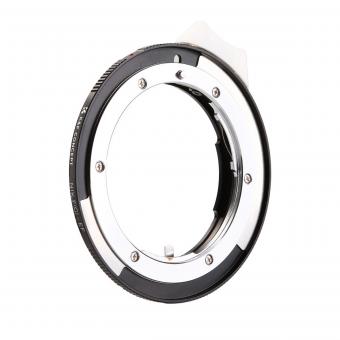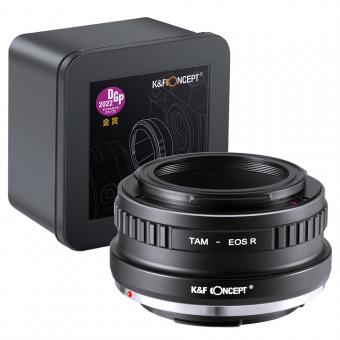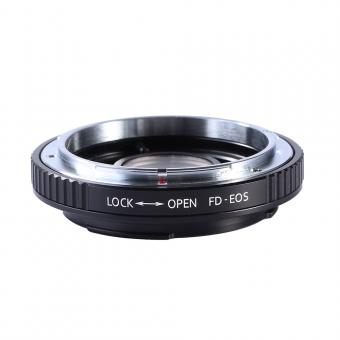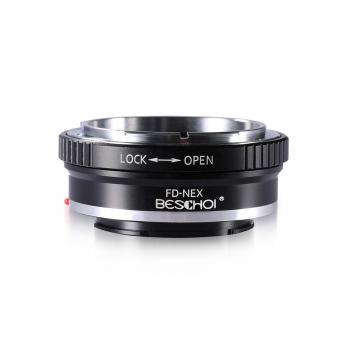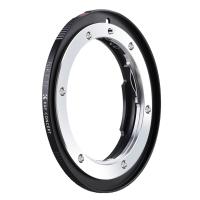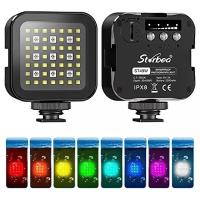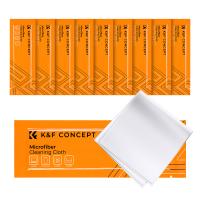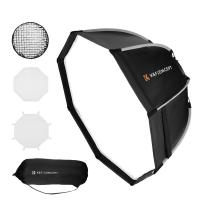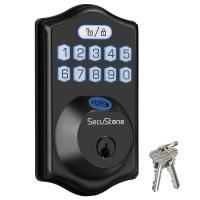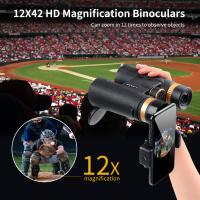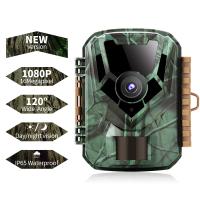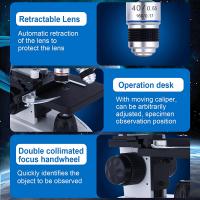What Are The Different Canon Lens Mounts ?
Canon has several different lens mounts for their cameras. The most common and widely used is the Canon EF mount, which was introduced in 1987 and is compatible with Canon's full-frame and APS-C sensor cameras. Another popular mount is the Canon EF-S mount, which is specifically designed for APS-C sensor cameras and allows for smaller and lighter lenses. Canon also has the Canon RF mount, which was introduced in 2018 for their full-frame mirrorless cameras. The RF mount offers a wider diameter and shorter flange distance, allowing for improved optical performance and more compact lens designs. Additionally, Canon has the Canon FD mount, which was used on their manual focus SLR cameras before the introduction of the EF mount. The FD mount is not compatible with Canon's current lineup of cameras without the use of an adapter.
1、 Canon EF-M mount: Designed for Canon's mirrorless cameras.
Canon has several different lens mounts designed for their cameras, each with its own unique features and compatibility. One of the Canon lens mounts is the Canon EF-M mount, which is specifically designed for Canon's mirrorless cameras.
The Canon EF-M mount was introduced in 2012 with the launch of the Canon EOS M camera system. It is a compact and lightweight lens mount that is specifically designed for mirrorless cameras, offering a smaller form factor compared to Canon's traditional DSLR lens mounts.
The EF-M mount has a shorter flange focal distance, which allows for more compact lens designs. This makes it ideal for mirrorless cameras, as it helps to maintain the overall compactness and portability of the camera system.
Canon has continued to expand its EF-M lens lineup over the years, offering a range of lenses that cater to different shooting needs. These lenses include wide-angle, standard, telephoto, and macro options, providing photographers with a versatile selection to choose from.
It is worth noting that while the EF-M mount is primarily designed for Canon's mirrorless cameras, Canon also offers an EF-EOS M adapter. This adapter allows users to mount Canon's EF and EF-S lenses onto their mirrorless cameras, expanding the range of lenses that can be used with the system.
In conclusion, the Canon EF-M mount is specifically designed for Canon's mirrorless cameras. It offers a compact and lightweight lens mount that allows for more portable camera systems. With a range of lenses available, the EF-M mount provides photographers with a versatile selection to cater to different shooting needs.
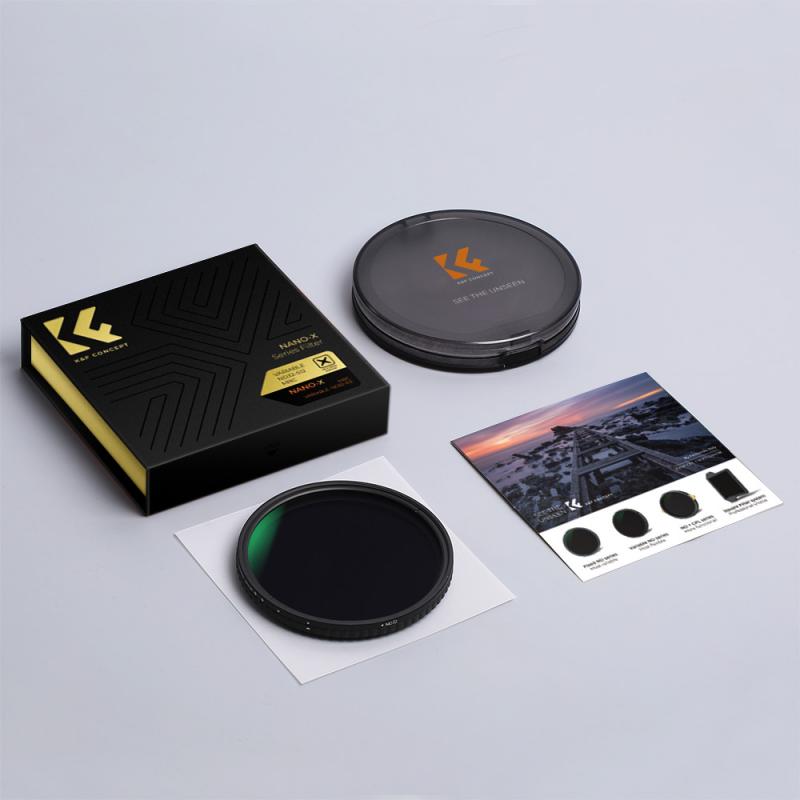
2、 Canon RF mount: Introduced in 2018 for Canon's full-frame mirrorless cameras.
The Canon RF mount was introduced in 2018 as a new lens mount specifically designed for Canon's full-frame mirrorless cameras. It was a significant departure from Canon's previous lens mounts, such as the EF mount used for their DSLR cameras. The RF mount was created to take advantage of the shorter flange distance made possible by removing the mirror box and optical viewfinder found in DSLRs.
The RF mount features a larger diameter of 54mm, which allows for larger lens elements and improved optical performance. It also has a shorter flange distance of 20mm, which enables the design of smaller and lighter lenses. This new mount offers a wide range of possibilities for lens design and opens up new creative opportunities for photographers.
Since its introduction, Canon has been steadily expanding its lineup of RF lenses. As of now, there are several RF lenses available, including wide-angle, standard, telephoto, and macro lenses. Canon has also released lens adapters that allow photographers to use their existing EF and EF-S lenses with the RF mount cameras, ensuring compatibility and flexibility for users who already own Canon lenses.
The Canon RF mount has been well-received by photographers and has been praised for its excellent image quality, fast autofocus performance, and overall versatility. It represents Canon's commitment to the mirrorless market and their dedication to providing innovative and high-quality products for photographers.
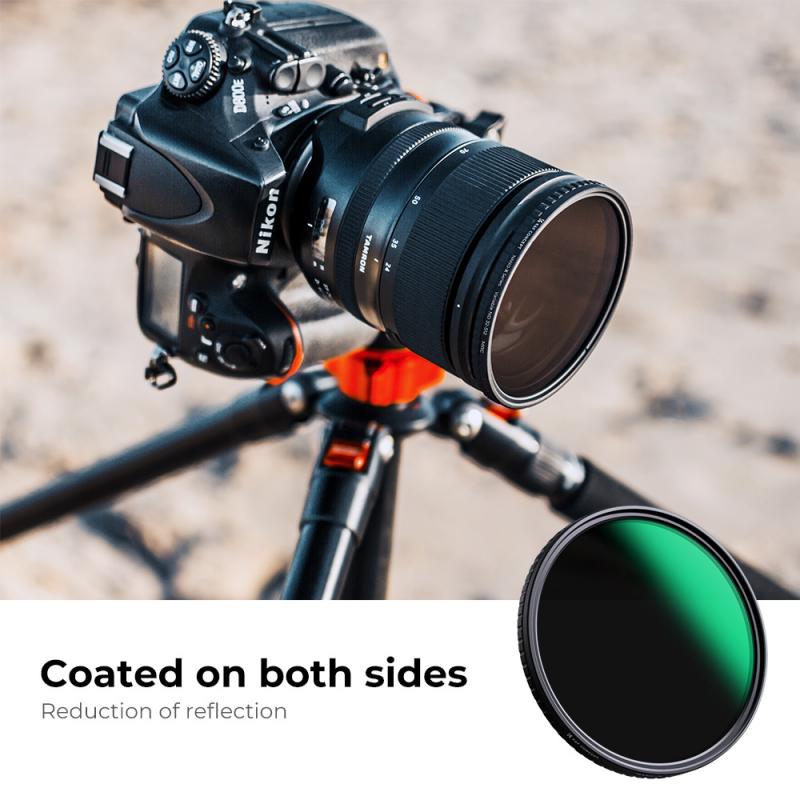
3、 Canon EF mount: Standard mount for Canon's DSLR cameras.
The Canon EF mount is indeed the standard lens mount for Canon's DSLR cameras. It was introduced in 1987 and has since become one of the most popular lens mounts in the industry. The EF mount is compatible with Canon's full-frame and APS-C sensor cameras, offering a wide range of lens options for photographers.
Canon has continuously expanded its lens lineup for the EF mount, offering a diverse selection of lenses to cater to different photography needs. From wide-angle lenses to telephoto lenses, prime lenses to zoom lenses, Canon has a lens for every shooting situation. Additionally, Canon has also introduced specialized lenses such as macro lenses, tilt-shift lenses, and super-telephoto lenses to further enhance the creative possibilities for photographers.
In recent years, Canon has also introduced the RF mount, which is designed for their mirrorless cameras. The RF mount offers several advantages over the EF mount, including a wider lens mount diameter, shorter flange distance, and improved communication between the camera and lens. This has allowed Canon to create lenses with larger apertures and improved optical performance.
While the RF mount is the future of Canon's lens system, the EF mount remains highly relevant and widely used. Canon has committed to supporting the EF mount and has continued to release new lenses for it. Additionally, Canon has also introduced EF to RF lens adapters, allowing photographers to use their existing EF lenses on RF mount cameras without any loss in functionality.
In conclusion, the Canon EF mount is the standard lens mount for Canon's DSLR cameras, offering a wide range of lens options for photographers. While the RF mount is the future, the EF mount remains highly relevant and supported by Canon.

4、 Canon EF-S mount: Designed for Canon's APS-C sensor DSLR cameras.
The Canon EF-S mount is one of the different lens mounts offered by Canon. It is specifically designed for Canon's APS-C sensor DSLR cameras. The EF-S mount was introduced in 2003 and is compatible with a range of Canon lenses that are specifically designed for APS-C sensor cameras.
The EF-S mount has a shorter flange focal distance compared to Canon's full-frame EF mount, allowing for smaller and lighter lenses to be designed. This is because the smaller APS-C sensor size allows for a smaller image circle to be projected by the lens. The EF-S mount lenses cannot be used on Canon's full-frame cameras, as the larger sensor size would result in vignetting.
Canon's EF-S mount lenses offer a wide range of focal lengths and are popular among photographers who use APS-C sensor cameras. These lenses provide excellent image quality and are often more affordable compared to their full-frame counterparts.
It is worth noting that Canon has also introduced a new lens mount called the RF mount, which is designed for their full-frame mirrorless cameras. The RF mount offers a wider diameter and shorter flange focal distance, allowing for even more compact and high-performance lenses to be designed.
In conclusion, the Canon EF-S mount is specifically designed for Canon's APS-C sensor DSLR cameras. It offers a range of lenses that are smaller, lighter, and more affordable compared to full-frame lenses. However, with the introduction of the RF mount, Canon is shifting its focus towards mirrorless technology and offering even more advanced lens options for their full-frame mirrorless cameras.
